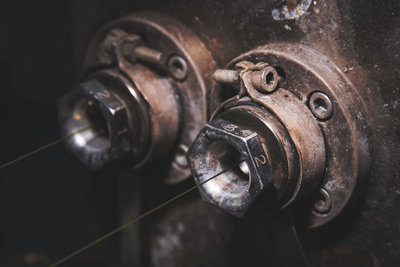Functionalization Of Hydrogenated Styrene Block Copolymers By Reactive Extrusion
Luis Rodriguez-Guadarrama, Dynasol Group
Reactive extrusion is an attractive route for polymer processing to carry out various reactions, including polymerization, grafting, branching and functionalization. The extruder is like an ideal reactor for polymer chemical modification. Reactive extrusion is an economically attractive process, since the extrusion and processing are done in a single stage. Functionalization reactions in extruders involve reactions between a polymer and one or more functionalization agents. The aim is to incorporate a functionalization agent on the backbone of the polymer in order to modify its properties. The reaction is generally initiated by a peroxide that creates an active site on the polymer. Depending on the type of functionalization agent used, the peroxide concentration, the temperature and the residence time in the extruder, the concentration of functionalized groups in the polymer can be controlled. Temperature and mixing along the screws determine the type of peroxide that should be used. The peroxide should be chosen such that its decomposition starts after the polymer and functionalization agent are well mixed.
The production of functionalized polymers involves the reaction of a polymeric chain with molecules of functionalized agent(s). Functionalization reactions lead to a change in physical and chemical properties of the polymeric material, thereby increasing its value. Functionalized polyolefins have been widely used as compatibilizers in blends with other plastics such as polyamides and polyesters, which are generally produced by the melt free radical grafting of functionalization agents onto the polyolefin chains.
The most commonly employed functionalization agents are maleic anhydride (MAH), glycidyl methacrylate, and vinyl and acrylic monomers containing reactive functional groups. However, the functionalization yields of those agents were usually low; and the polyolefin matrix would undergo β-scission induced polyolefin chain degradation in the course of the functionalization. To obtain high functionalization yields and to reduce side reactions, it is essential to optimize the extrusion conditions.

